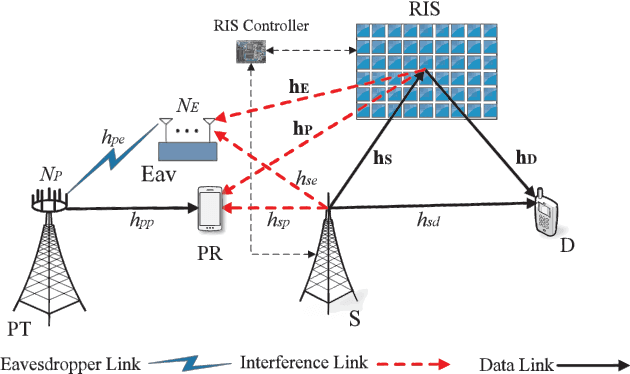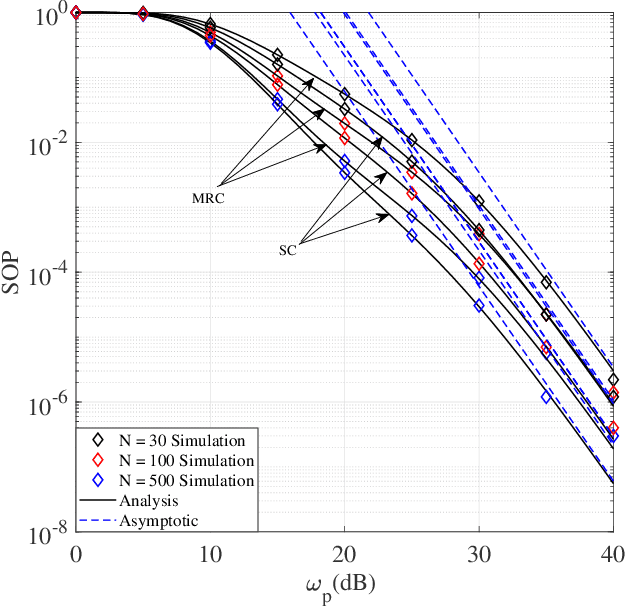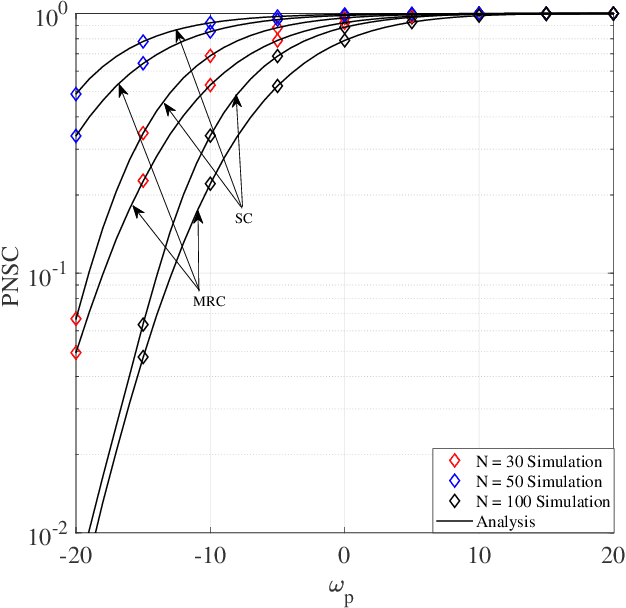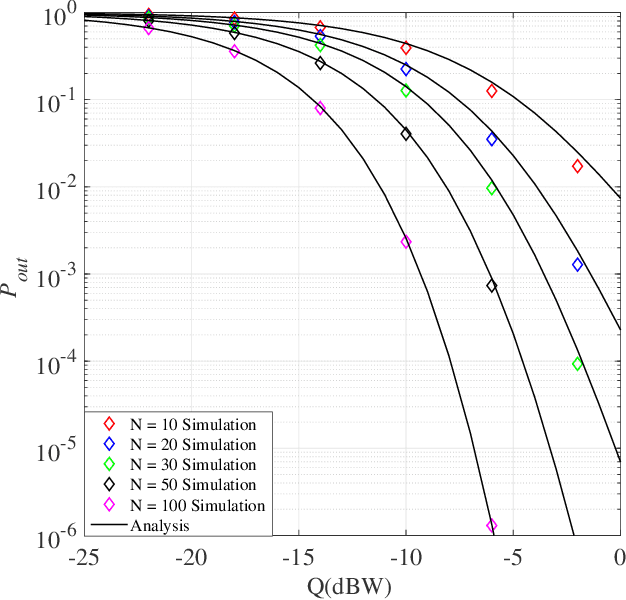Mohamed H. Ahmed
RIS-Assisted Physical Layer Security in Emerging RF and Optical Wireless Communication Systems: A Comprehensive Survey
Mar 15, 2024



Abstract:Physical layer security (PLS) has received a growing interest from the research community for its ability to safeguard data confidentiality without relying on key distribution or encryption/decryption. However, the evolution towards the 5G technology and beyond poses new security challenges that must be addressed in order to fulfill the unprecedented performance requirements of future wireless networks. Among the potential enabling technologies, RIS has attracted extensive attention due to its ability to proactively and intelligently reconfigure the wireless propagation environment to combat dynamic wireless channel impairments. Consequently, the RIS technology can be adopted to improve the information-theoretic security of both RF and OWC systems. This survey paper provides a comprehensive overview of the information-theoretic security of RIS-based RF and optical systems. The article first discusses the fundamental concepts of PLS and RIS technologies, followed by their combination in both RF and OWC systems. Subsequently, some optimization techniques are presented in the context of the underlying system model, followed by an assessment of the impact of RIS-assisted PLS through a comprehensive performance analysis. Given that the computational complexity of future communication systems that adopt RIS-assisted PLS is likely to increase rapidly as the number of interactions between the users and infrastructure grows, ML is seen as a promising approach to address this complexity issue while sustaining or improving the network performance. A discussion of recent research studies on RIS-assisted PLS-based systems embedded with ML is presented. Furthermore, some important open research challenges are proposed and discussed to provide insightful future research directions, with the aim of moving a step closer towards the development and implementation of the forthcoming 6G wireless technology.
RIS-Aided Physical Layer Security Improvement in Underlay Cognitive Radio Networks
Sep 26, 2022



Abstract:In this paper, a reconfigurable intelligent surface (RIS)-aided underlay cognitive radio network is investigated. An RIS is utilized to improve the secondary network (SN) reliability and robustness while simultaneously increasing the physical layer security of the primary network (PN). Toward this end, closedform expressions for the SN outage probability, PN secrecy outage probability, and PN probability of non-zero secrecy capacity are derived. To increase the eavesdropping signals of the PN, the eavesdropper uses two combining techniques, namely maximal ratio combining and selection combining. Furthermore, the advantages of the proposed system model are verified through numerical and simulation results.
 Add to Chrome
Add to Chrome Add to Firefox
Add to Firefox Add to Edge
Add to Edge